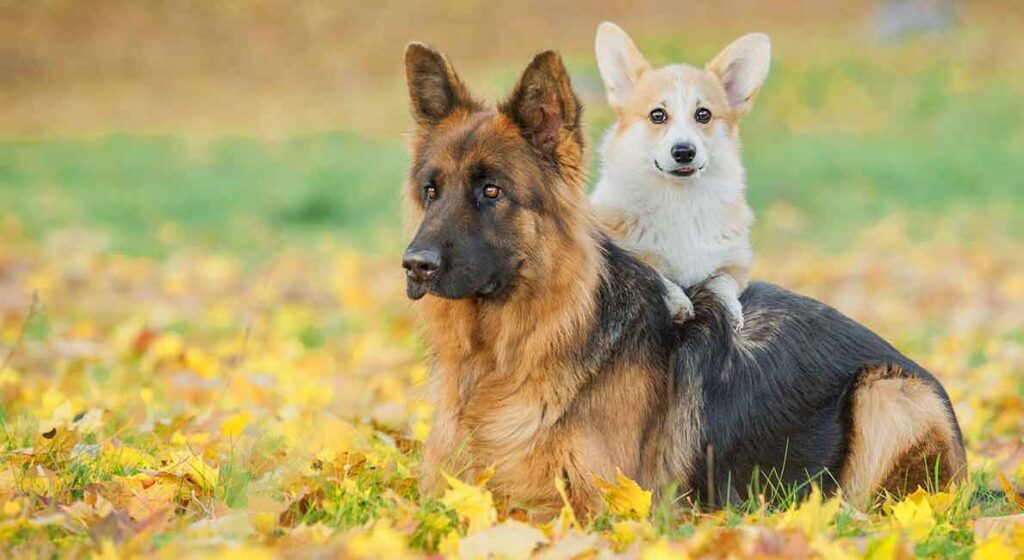
Herding dog breeds are those traditionally working dogs that have a strong instinct to control the movement of other animals. Over centuries of selective breeding the natural instinct of these dogs to prey on cattle and sheep was minimized. While maintaining their excellent hunting skills.
The herding impulse is so strong in these dogs that they may even gently herd their owners. Especially the young children. This strong instinct is also why scientists are using herding dogs, in particular, to map the genetics of behavior. Because dog behavior is so breed specific – even without training – they reason that there must be a strong genetic link.
Contents
The herding dogs are some of the smartest, most co-operative, dog breeds in the world. They are all high energy, love human company and need an active lifestyle. Lots of attention, training and exercise are essential for these cunning canines to stay happy, friendly and healthy.
Herding Dog Styles
The herding dog breeds can be divided into two different groups depending on their style of work. Some of our most well known herding dogs have a classic herding style. That means they are bred and trained to move dogs towards their human partner. Most sheep herding dog breeds work this way.
The other style involves driving livestock forwards. Often by nipping at their heels. Most cattle dogs work this way.
Many of the more familiar herding dogs breeds remain popular. The German Shepherd Dog, and the Border Collie remain some of the most popular herding breeds, and are valued not only as family pets but as hard working service dogs too.
There is a trend though towards smaller dog breeds in many parts of the world and herding dogs are no exception.
Small Herding Dogs
Small herding dogs include the ever popular Sheltie or Shetland Sheepdog, a miniature version of the Collie. And a fast rising star is the recently recognized breed, the Miniature American Shepherd.
The short legged Corgis, bred for herding or driving cattle, are gaining popularity. Particularly the Pembroke Welsh Corgi. But there are many other types of herding dogs, bred either as sheep herding dogs or to herd cattle.
German Shepherd Dog
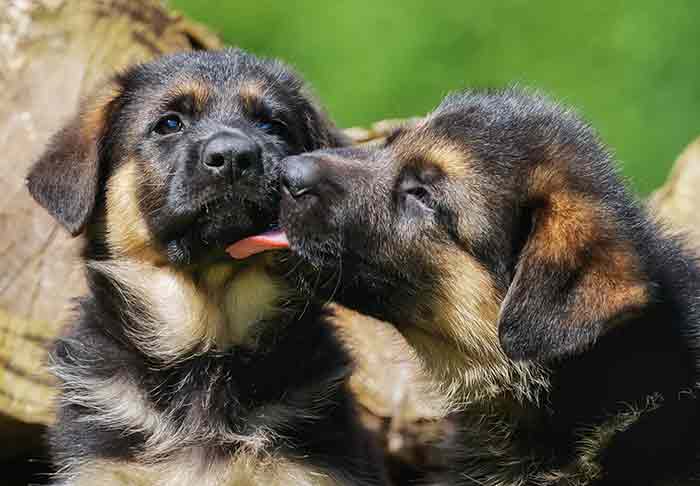
The most popular of the herding dogs representative in the USA today is the German Shepherd Dog. Known for its loyalty, and protective nature, the GSD is also one of the smartest herding dog breeds.
Concerns have been raised over the changing shape of the Shepherd and weakness in the hindquarters of some show dogs. However, there are working GSDs with strong backs and hindquarters to be found in almost all regions. With the breed remaining a popular choice for military and police work across the world.
Pembroke Welsh Corgi
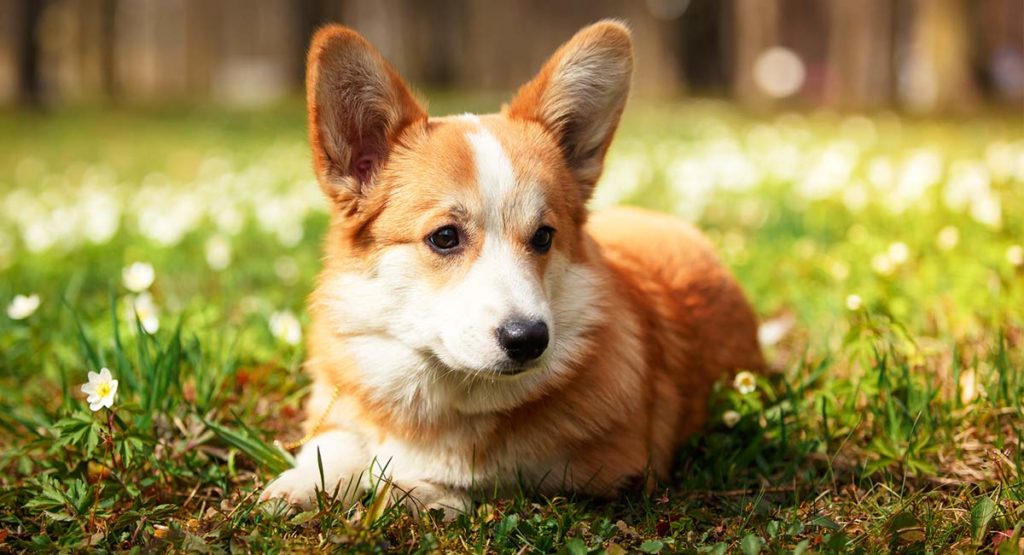
The Pembroke Welsh Corgi has jumped rapidly in the rankings with the increasing interest in smaller breeds. Corgis were originally bred for driving herds of cattle all the way from Wales to London. But these days they are more often kept as family pets.
They’re perhaps best known for being a favorite of the British royal family. Pembroke Corgis are smaller and lighter than their Cardigan Corgi Cousins. They carry a gene that causes tail-lessness in some puppies. Sadly, the Corgi’s disproportionately long back and short legs predispose this breed to painful back problems.
Australian Shepherd Dog
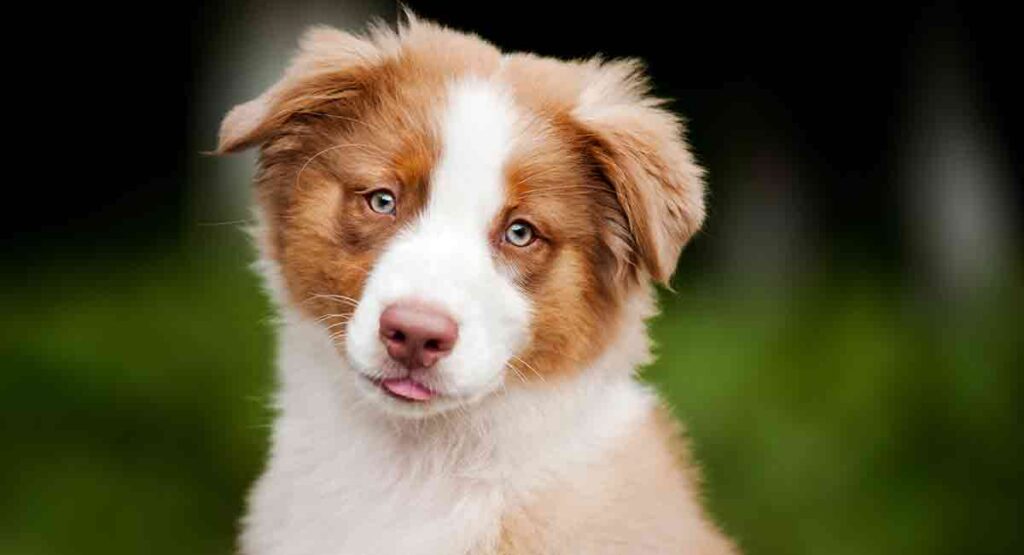
Next in popularity is the Australian Shepherd Dog. This Australian herding dog is an active, intelligent and strikingly beautiful sheepdog that has grown slowly but steadily in popularity.
The breed is still actively working in its native homeland, with its vast sheep and cattle farms. When kept as a pet you need to have a very active home, and a job where your Aussie Shepherd can tag along and join in.
Shetland Sheepdog
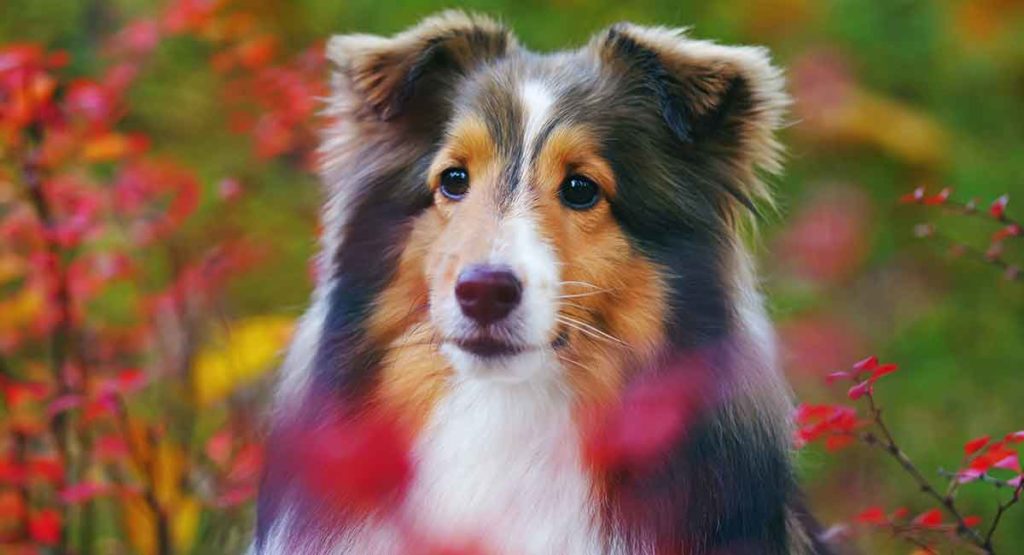
Affectionately known as the Sheltie, our fourth most popular of the herding dogs is the gorgeous Shetland Sheepdog. These sheep herding dogs were originally bred on the Shetland Islands Scotland.
Looking for all the world like a miniature version of the Collie, this is a little dog with a big heart. Smart and hard working, the Shetland Sheepdog is quick to bark and will warn you if strangers are about.
Miniature American Shepherd
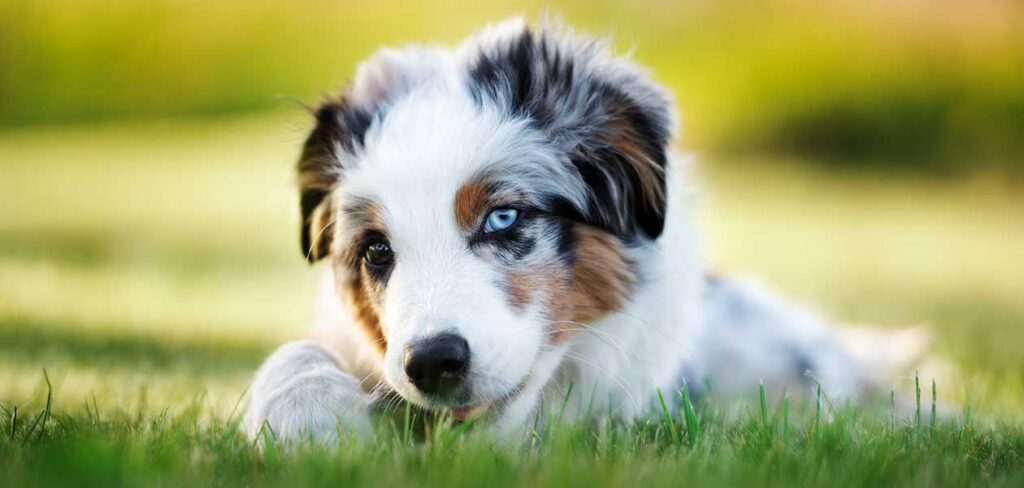
This dog is trending in the US partly because of their smaller size. Some believe, however, that it’s also because they’ve become a great hit on social media. They’re very photogenic with their multi-colored coats and their eyes that are blue or brown – or one of each color.
The Miniature American Shepherd was bred from the Australian Shepherd and is still often referred to Miniature Australian Shepherd. They were purposely bred in the 1960’s by ranchers in California as smaller herd dogs. Despite their small size, they’re every bit true herding dogs – energetic, bright and loyal.
Border Collie
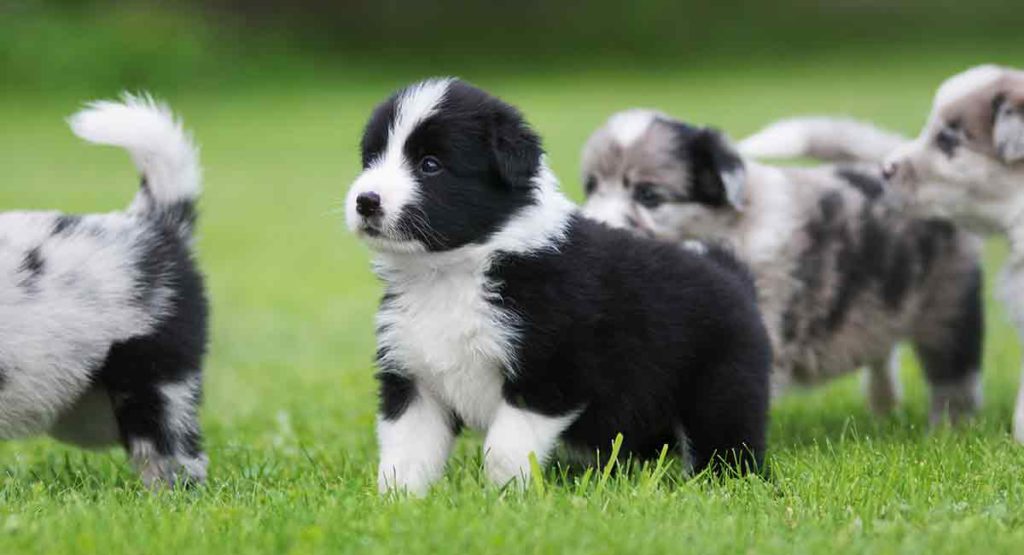
Border Collies need no introduction with their huge fan base in agility circles. These are bright working dogs that need a job to do or they can get into mischief.
Border Collies are widely believed to be one of the cleverest dog breeds in the world. These dogs were bred mainly as sheep herding dogs and originated from an area in Scotland which was right on the border with England.
Collie
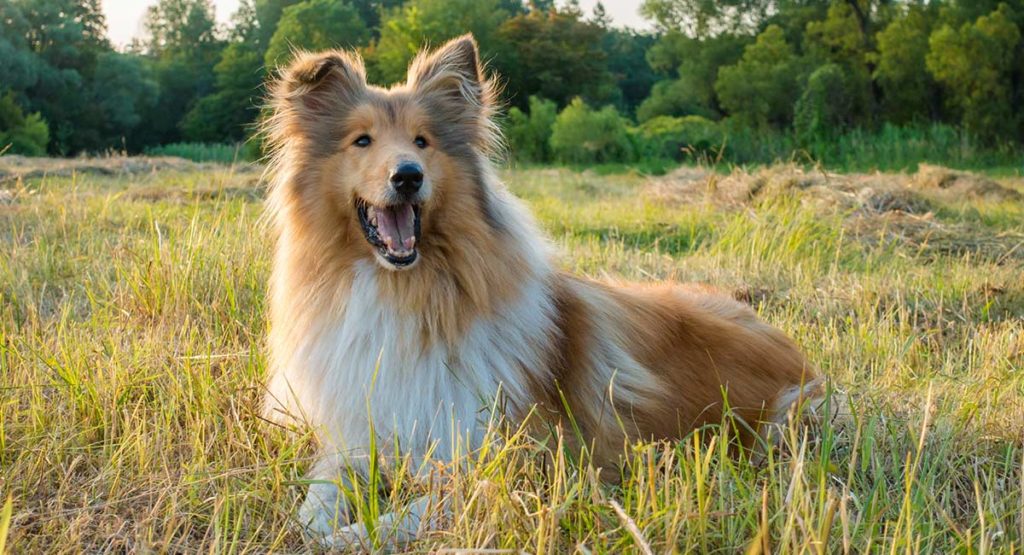
Rough Collies are the seventh most popular herding dog breed. Collies are also of Scotch origin and this is where Queen Victoria fell in love with them.
However, they really shot to fame – and popularity – through Lassie. The TV screen hero of the 1950s and 60s. This is another smart, easy to train breed that loves to please their owner.
Belgian Malinois
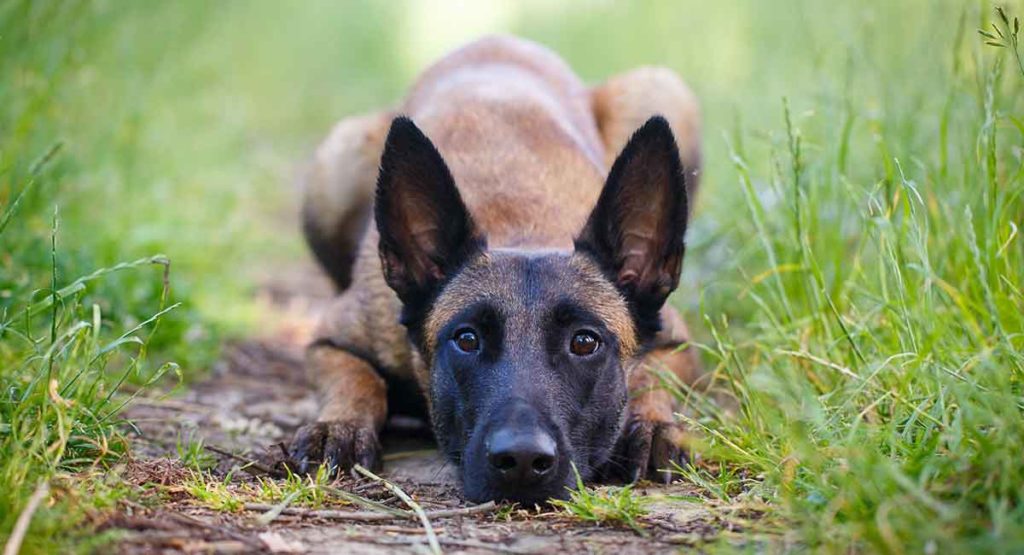
The Belgian Malinois is becoming increasingly popular not only as a pet, but also as a service dog and a competitor in working trails. Similar in some ways to the German Shepherd, the Malinois has a better conformation with strong hindquarters and is replacing the GSD for service work in some regions
They are strong, tough and very loyal. These herding dogs are suited to working homes, or those with a lot of time for positive reinforcement training and socialization.
Blue Heeler
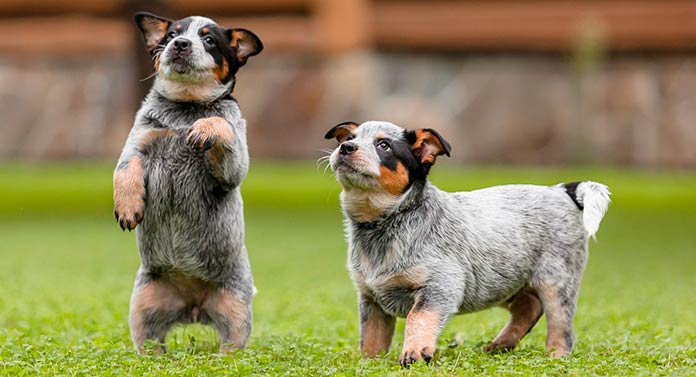
The Blue Heeler, or to give the breed it’s formal name – the Australian Cattle Dog – is our ninth most popular herding breed. It’s a tough and resilient dog with a sharp brain and a huge fan base.
The Blue Heeler is also a dog with a great conformation. Upright ears help keep ear infections away, and a balanced well proportioned body is great for strength and speed. It’s a breed that also has Dingo blood running through its veins!
Cardigan Welsh Corgi
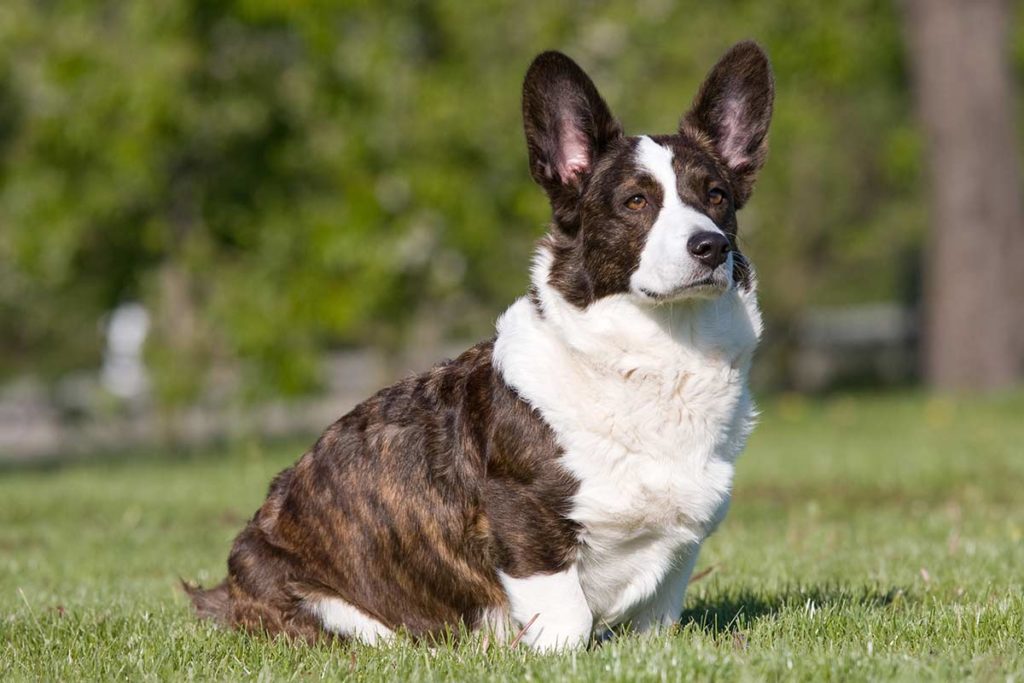
The Cardigan Corgi has also jumped up a few places in recent years. These short legged cattle herding dogs are a larger, sturdier version of their Pembroke cousins. They have bigger ears and their tail is held low and not high over their back as in the case of their Pembroke cousin.
Old English Sheepdog
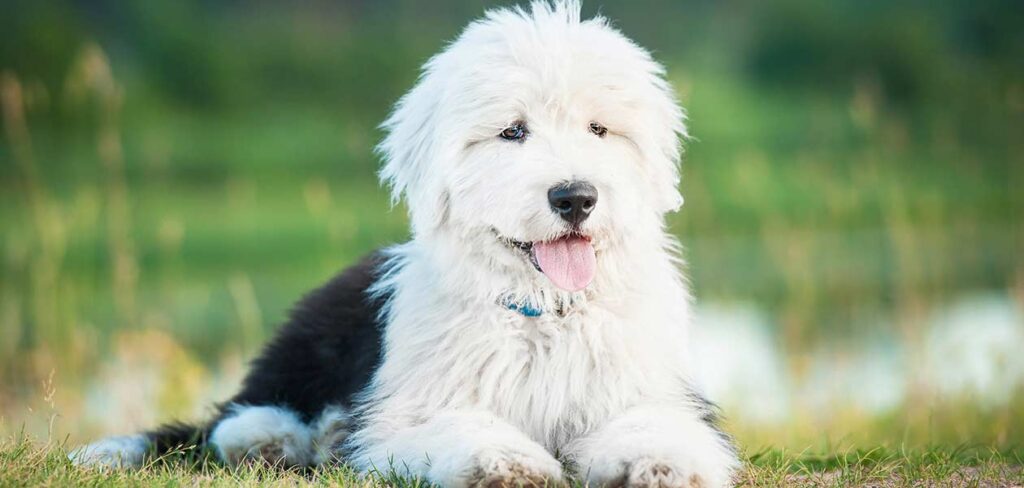
The shaggy Old English Sheepdog is our eleventh most popular herding dog. This is not a breed for those that want a dog with a ‘wash and go’ coat. The Old English Sheepdog needs regular, thorough grooming or clipping to avoid matted fur.
Bouvier Des Flandres
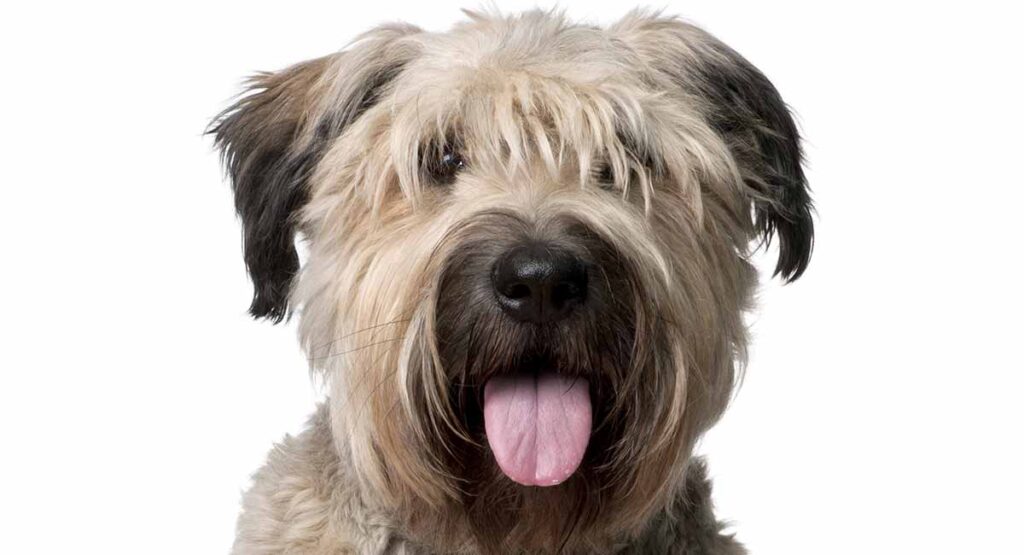
Next, in twelfth place, we have one of the big boys! The Bouvier De Flandres. One of our largest herding dogs, this all purpose farm dog that can reach heights of 27 inches or more. It originated from parts of Belgium and France.
Like the Old English Sheepdog the Bouviers is a shaggy breed that needs thorough grooming. In some regions you’ll find breeders that still crop the ears of these dogs. But in most areas we are thankfully moving back to the natural ears that you see in this photo.
Beauceron
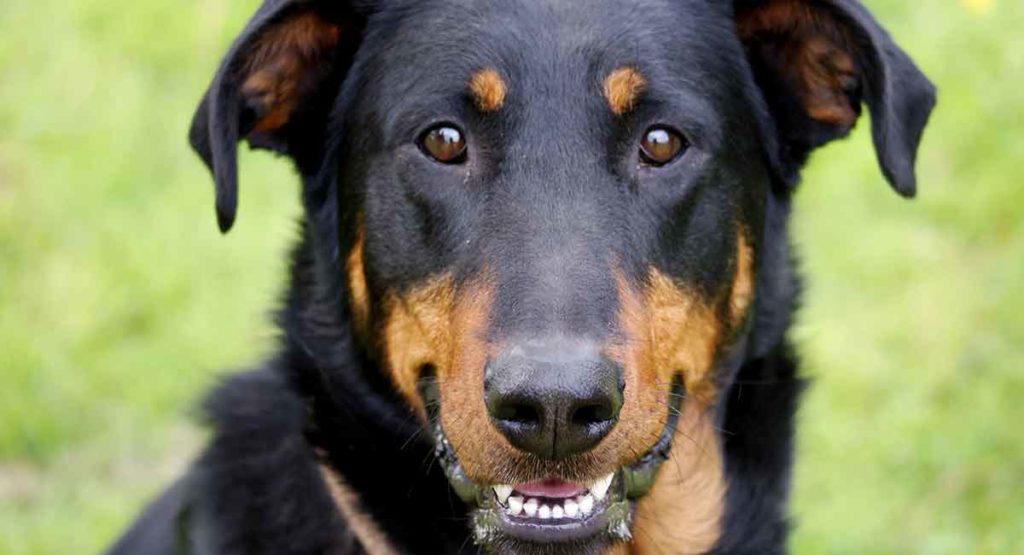
The Beauceron, like the Bouviers De Flandres, is another very tall herding dog. But the similarity ends there. The powerful Beauceron has a neat, shortish black coat with red accents, including red feet. Their breed name comes from their French nickname Bas-Rouge, which means red stockings.
Belgian Sheepdog
This dog is a long haired, black version of the Malinois. The Laekenois, the Malinois, the Tervuren and the Belgian Sheepdog were once a single breed. These are all intelligent dogs popular with obedience and working trials competitors.
Bearded Collie
This dog has also gone up in the rankings in recent years. It resembles a leaner, lighter version of the Old English Sheepdog. The bearded collie is a relatively old breed from Scotland, described as amusing, boisterous and independent.
Herding Dogs Behavior
There are two different types of herding dog maneuvers. Some of our herding dog breeds are used to drive livestock forwards and to keep them on the move. These dogs include the cattle dog breeds.
Their behavior often includes a tendency to nip or bite at the heels of the animals they’re herding. Sometimes they display this characteristic with their owners, but fortunately they can unlearn this behavior because they’re so highly trainable.
Then there are the dogs known as headers. They instinctively ’round up’ livestock and move them towards their human partner. They circle the herd and stop and turn them around from the front by staring them down.
This is the behavior which we find so valuable in our sheepdog breeds and which we mostly see when we watch sheepdog trials.
Herding dog breeds, like sporting dogs, have been bred for generations to work as a team. Cooperating with their human handler and to take directions at a distance. This is why they’re some of the most intelligent dogs and loyal dogs on the planet.
Cattle Dogs vs Herding Dogs
The cattle dog breeds have very similar behaviors and temperaments to the sheep herding dogs. The fact is, that they are both bred to herd. It’s simply the animal that they are moving around that differs.
Cattle can be harder to encourage to move into different places, so the cattle dog breeds debatably are more pushy, confident and determined. But in reality, they are very similar working dog styles.
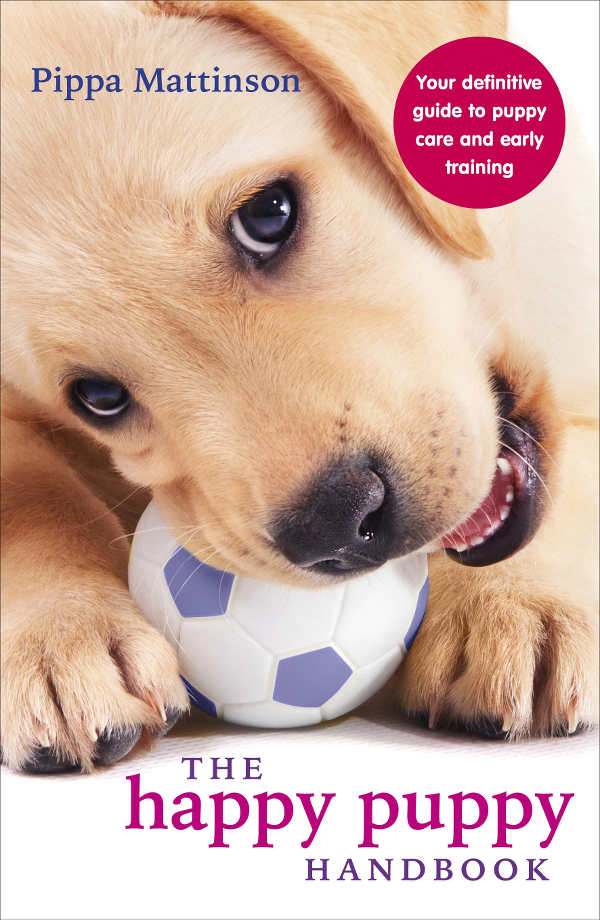
jefferson Parson says
looking for a good guard (from predators)dog for raising with alpacas.